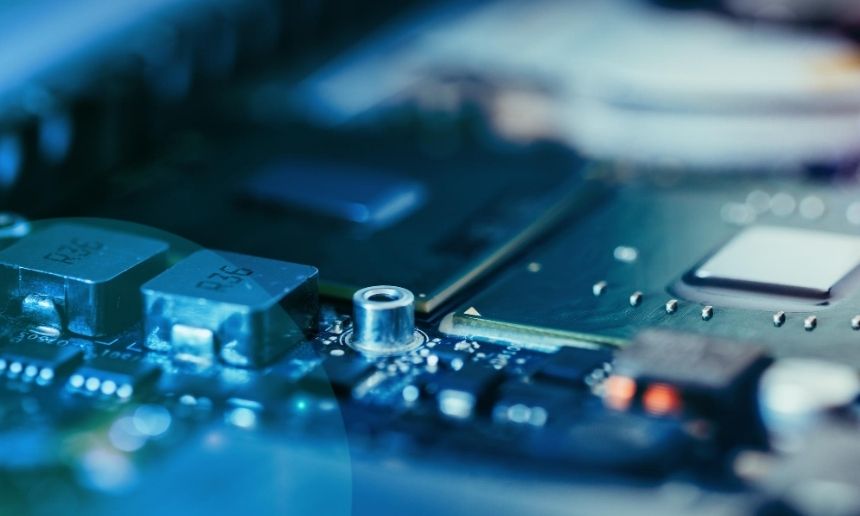A Glossary of EMI Shielding Terms

Particularly if you’re a device engineer unfamiliar with the field, understanding electromagnetic interference (EMI) and how it affects the devices you make is difficult yet vital. Consider this glossary of EMI shielding terms a reference tool you can use throughout the design process.
Attenuation
Attenuation is the reduction of electromagnetic energy. It occurs through many mediums, though shield structures are intentionally placed attenuators. You communicate the degree of attenuation in decibels (dB), which is a logarithmic measure of electrical power.
Conducted Emissions
This refers to the electromagnetic signals that pass from one material to another via a shared plane or cable. The degree to which emissions conduct depends on the medium’s conductance. See radiated emissions to learn about another form.
Crosstalk
Crosstalk is EMI that occurs between two, often parallel, wires in a circuit. To clarify how crosstalk happens, engineers refer to the source of the signal that bleeds into another field the aggressor whereas the suppressed recipient is the victim.
Electromagnetic Compatibility (EMC)
EMC is a device’s general ability, given its existing structure and shielding or lack thereof, to operate despite the presence of electromagnetic signals. Its compatibility is not an absolute—it varies according to what environment it enters.
Faraday Shield
Named after inventor Michael Faraday, a Faraday shield or cage constitutes a consistent conductive structure that encapsulates a machine. An outside electrical signal cannot easily penetrate and disrupt electronics’ function with this or similar shields in place.
Grounding
A conductor or other conductive medium that returns electrical signals to the earth or another substantial, usually large, substance. Grounding allows devices such as circuit boards to maintain their function by redirecting harmful EMI.
Radiated Emissions
Whereas conducted emissions travel through a nongaseous material, radiated emissions travel into space. Many radiated emissions serve constructive purposes, but others interfere with existing waves or otherwise impair electronics’ functionality.
Shielding Effectiveness
Shielding effectiveness is the environment-specific ability of a shield to attenuate EMI. Not to be confused with electromagnetic compatibility, shielding effectiveness expressly relates to the shield, not the whole device. Total effectiveness is the incoming signal strength divided by the strength of the signal that penetrates the shield.
Shielding Gasket
Our final term, shielding gasket, refers to the crucial element that protects against EMI at the point the enclosure material ends or creates a gap. A flexible material such as wire mesh works well when making up a gasket.
These nine terms in our glossary of EMI shielding don’t encompass the totality of the field. To learn more about EMI shielding or to ask about our vacuum metalizing services, contact Deep Coat Industries. We have decades of experience to draw from and offer unique multi-stack coatings that keep EMI away from your products.